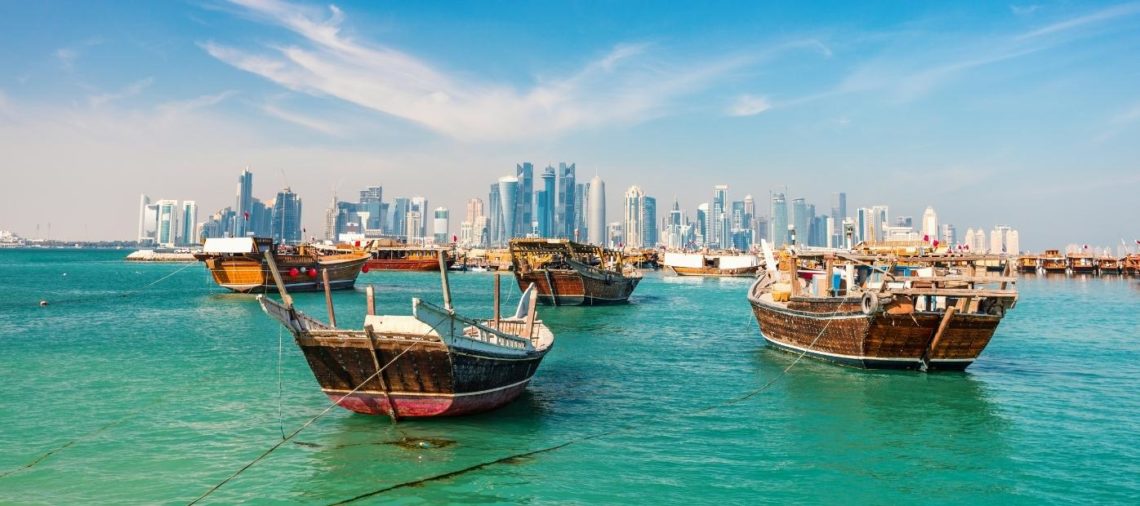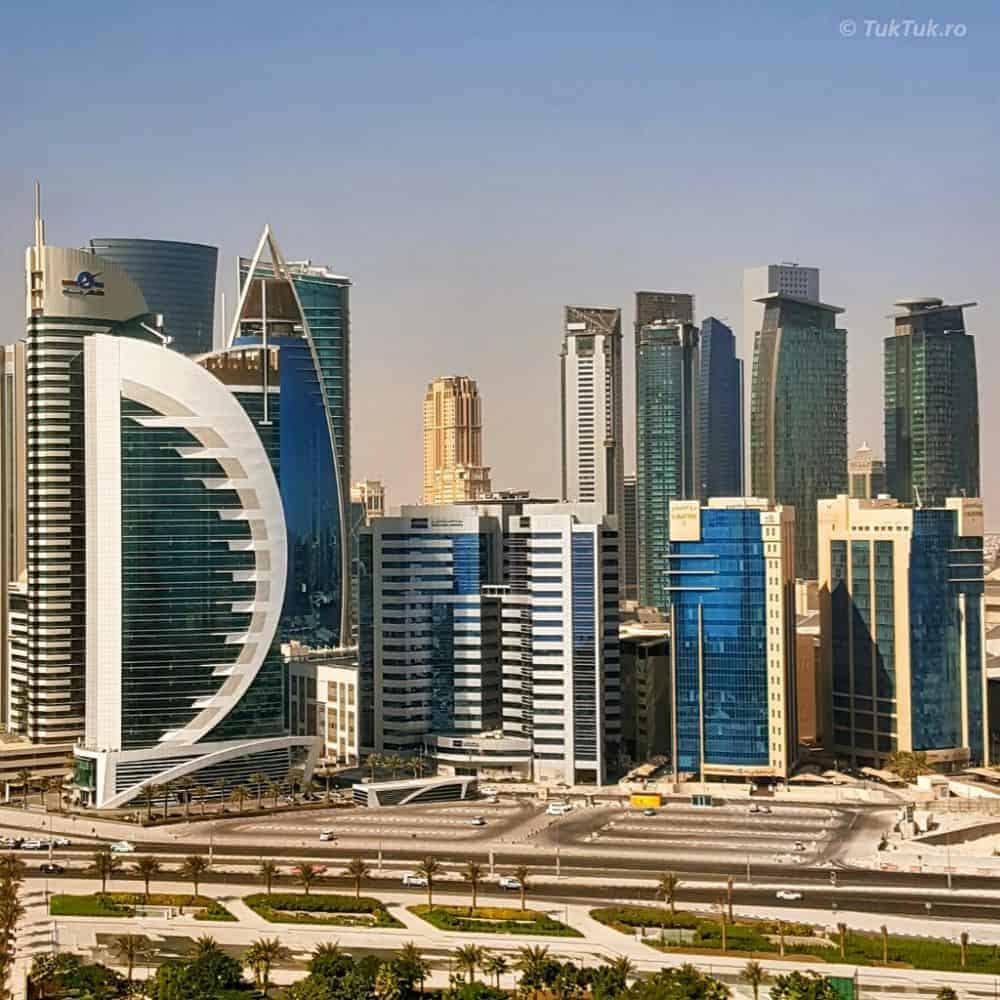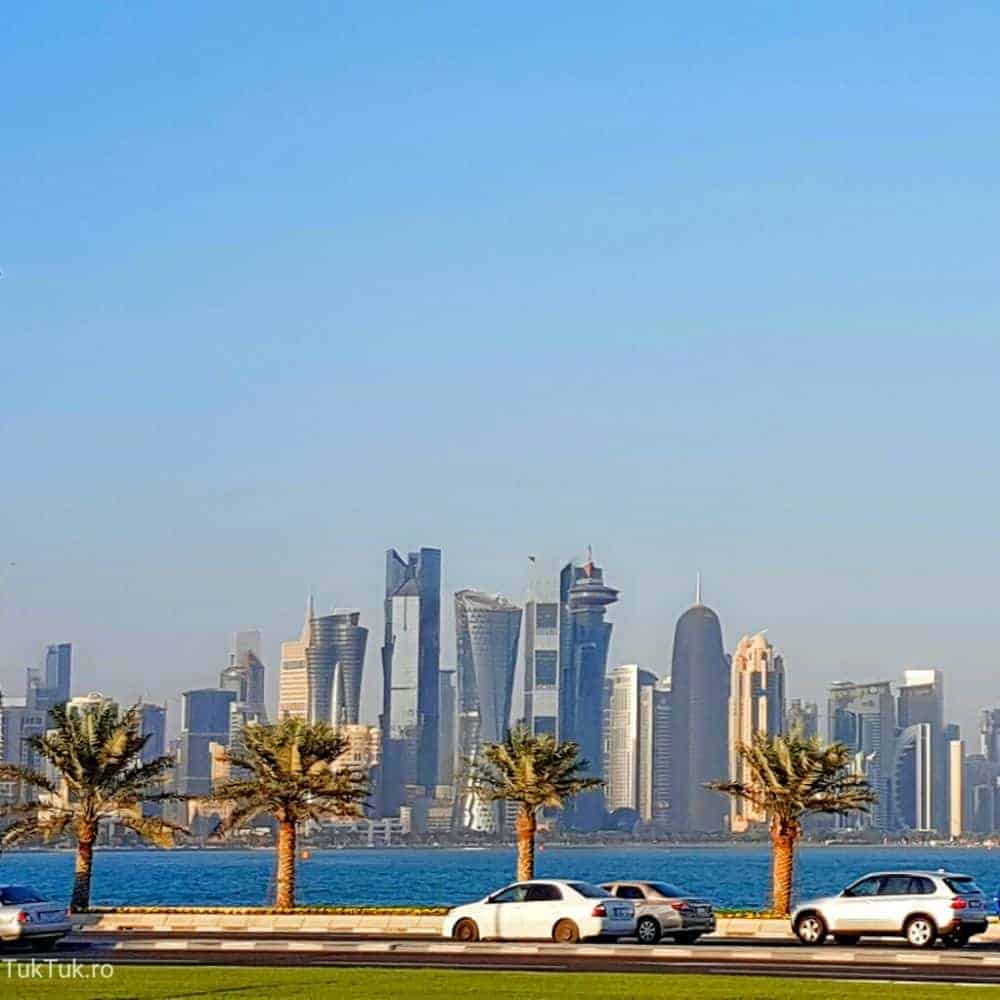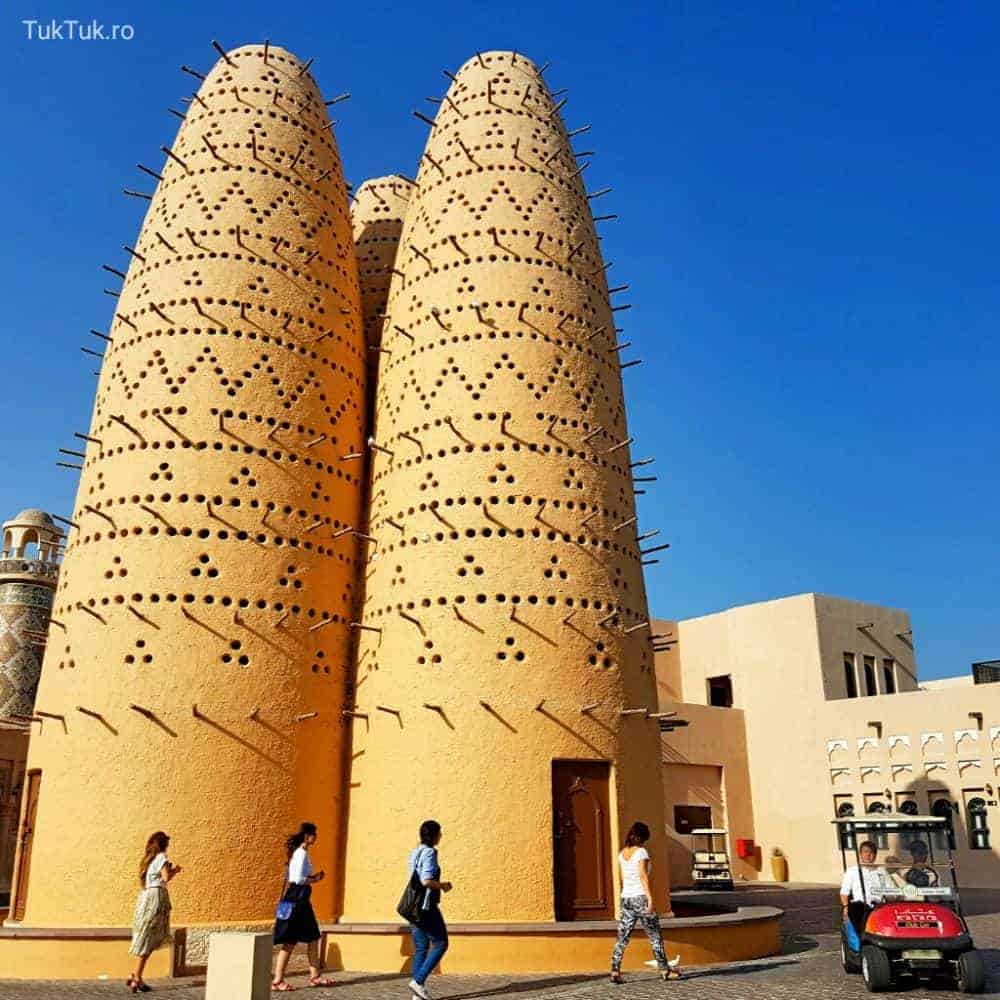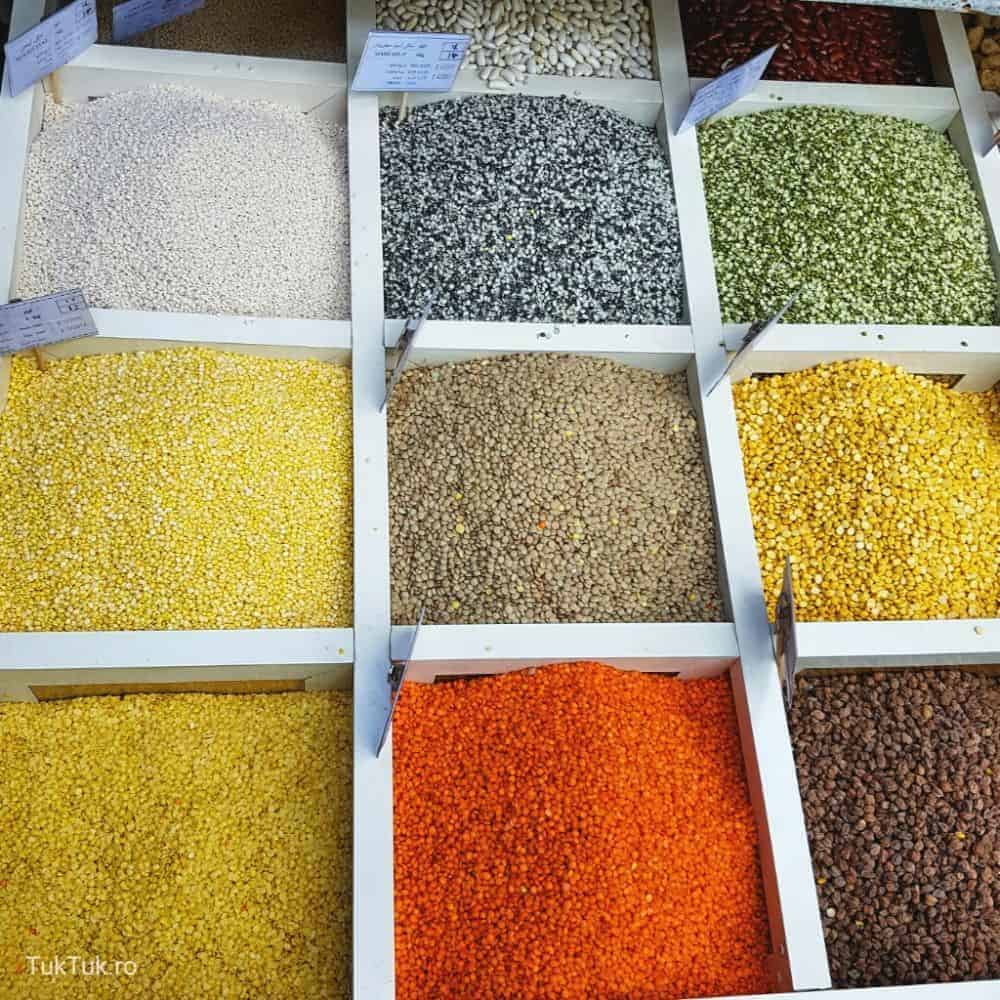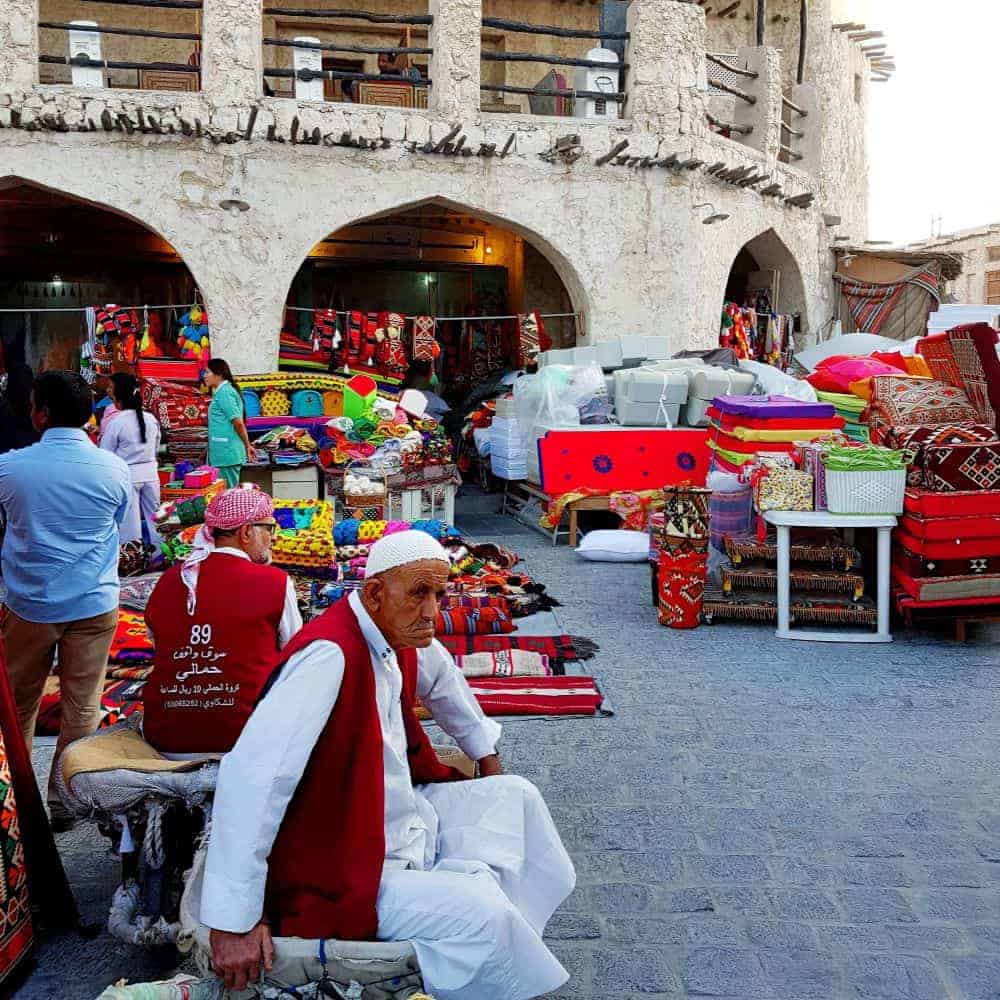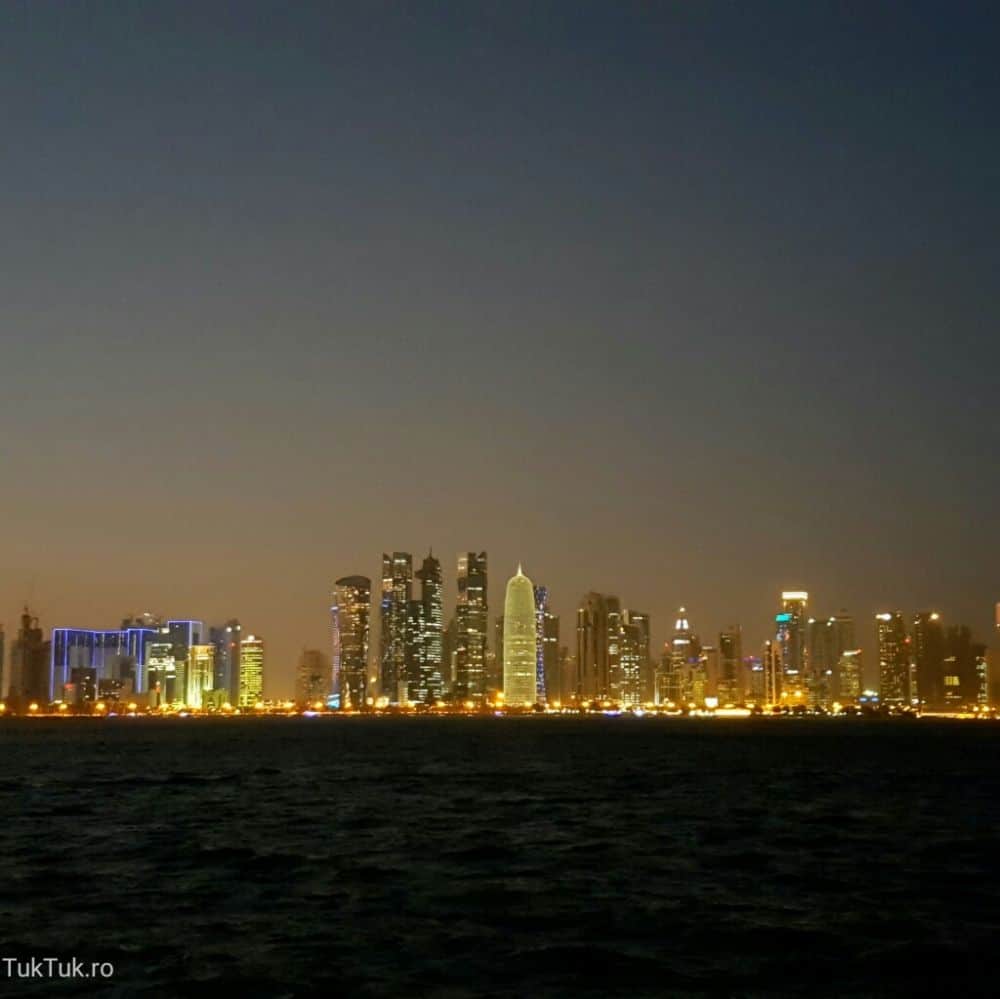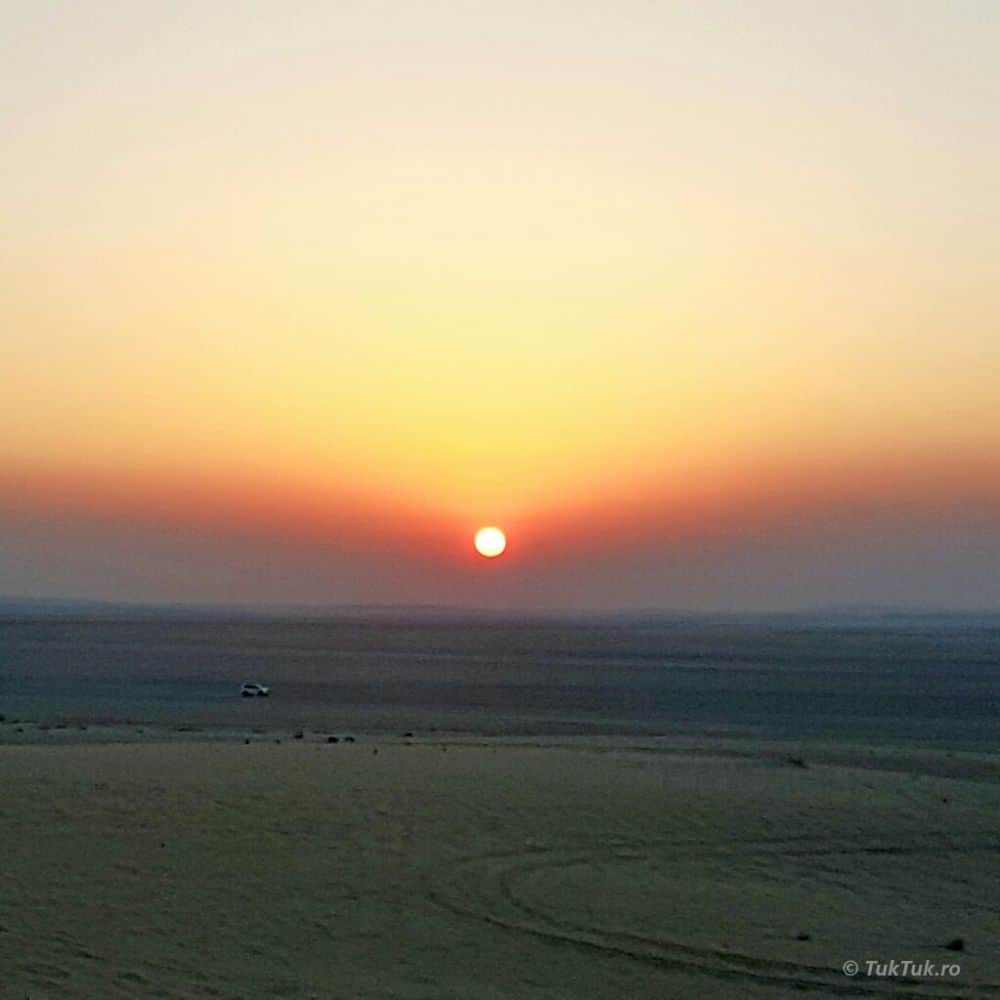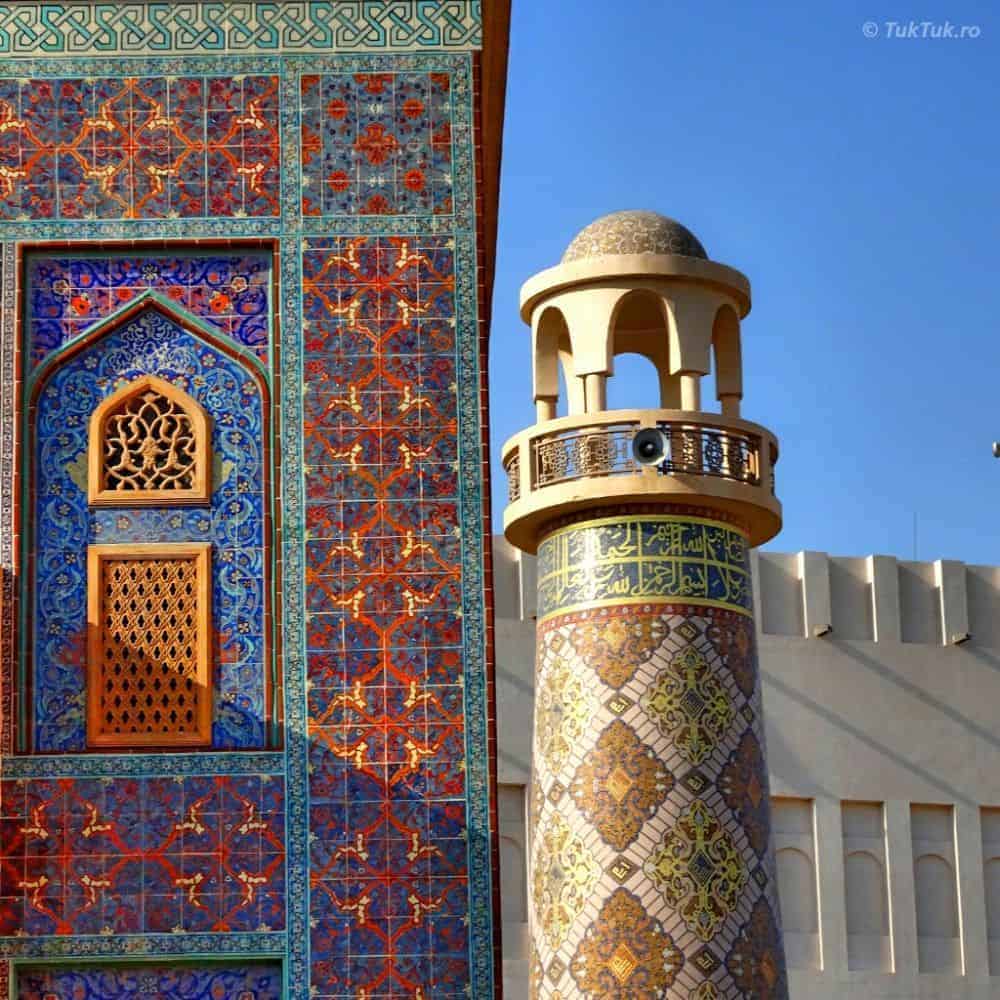When FIFA granted Qatar the right to hold the 2022 World Cup, many raised their eyebrows: Qatar? Really? However, a small country in the Persian Gulf that the per capita GDP figures ($145,000) place first in the World. In the World! It is said that between Qatar and the neighboring United Arab Emirates, in particular Dubai, there is an unofficial competition, on a tourist level and not only. If Dubai has taken it at the speed of light on the path of tourist development, with so many buildings and reference constructions, which stand in line to enter all sorts of record books, Qatar strives and succeeds to a great extent, to keep up.
At the invitation of my friends at Qatar Airways, I spent three days in this fascinating Arab country, exploring some of the wonders of a world where contrasts intertwine with science fiction but also with the dogmas of the Islamic religion, which are more challenging for Europeans to understand but respected by everyone in this place where I felt, perhaps, safer than anywhere else. With one foot in the present, one in the future, with a bag of rules and behavioral labels, with the camera always open and with the desire (constantly unsatisfied) to drink a beer in the heat of over 30 degrees, here’s a short guide about how to behave in Qatar, the pearl of the desert.
Impact with Qatar, a country of contrasts: tradition and modernism
The first steps you take out of Hamad International Airport in the capital of Doha (a recently built jewel, inaugurated in 2014 and crossed by over 50 million passengers annually, which places it 9th in the World in size) take you to the vigorous embrace of the heat. In November, it won’t suffocate you. In Qatar, the “winter” begins, and the air becomes breathable, both the day (when temperatures stop somewhere a little over 30 degrees) and especially the evening, when it is a pleasure to go out and spend time outdoors, fleeing from the eternal air conditioning that replaces the ozone of the non-existent forests here. I found out that summer is almost impossible to stay on the street, so if you plan to come on holiday to Qatar, do it between October and April, the best time to visit without thermal shocks.
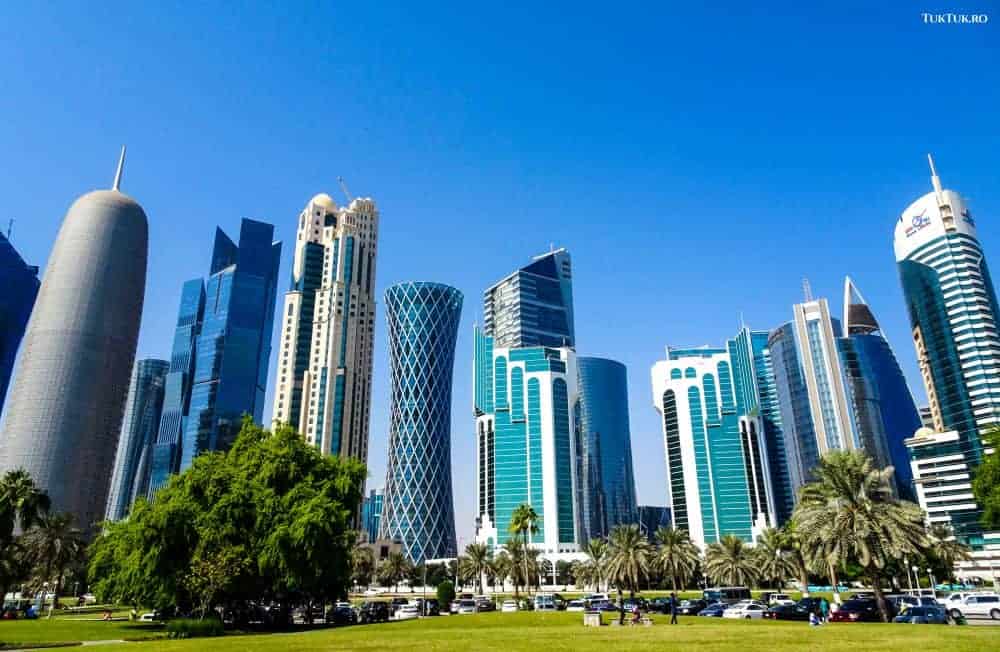
Therefore, the weather is good at this beginning of November, when home winter is preparing to show its fangs. Any return to summer is welcome, and Doha puts the summer on our feet, matching it with the best lemonade of mint that I’ve ever had. From the rush of the car to Oryx Rotana, a 5-star hotel, dictated and blessed by Allah with all the necessary but also with an attention to the detail about design as only through the Gulf you find, you realize that this country is a huge construction site. It is built in Qatar with relaxation, joy, and cleanliness. There are yards you pass, and you don’t realize that something is rising, so tidy is everything. You’re in the desert, but that feeling of the-dust-breathing doesn’t exist.
However, from the start, there is a sensation that this country is one of the richest in the World. Qatar recently spent no less than 30 billion dollars on new infrastructure. Various projects have been completed or are underway, such as Ashghal’s Expressway or New Port. A little later, on the way to Al Shahaniya, where the camel races are taking place, I saw an impressive metro line rise, crossing areas where practically nothing is currently in place. It’s probably a must for organizing the World for over six years because you automatically wonder who, apart from supporters, will travel with it? Qataris love to use their cars (and this sometimes feels like traffic: after all, the liter of gasoline is very cheap!), and the public transport system is used only by the lower layers of the population. Gas costs so little in Qatar that it’s cheaper to fill a Hummer’s tank than buying two beers in a club (the only place where alcohol is sold).
I don’t think I’ve had the pleasure of introducing a natural Qatari person. Qatar has a population of 2.2 million, but only 15% are genuine Qataris, the rest being co-inhabiting nationalities and expats. There are Indians (most of them), Nepalese, Filipinos, Sri Lankans, Egyptians, Pakistanis, and other nations. The first census, in 1970, showed that the country had, at the time, just over 100,000 inhabitants. There are three times more men than women, and this is noticed immediately, the more so as women are harder to see, as long as you do not count the black mantles (abaya, plus the appropriate hijab, covering the face, leaving only the eyes-free) under which they move.
Doha is a beautiful capital, and we’ll talk a little bit later about what you can visit here. A city where one can see with the naked eye how the authorities try (and manage) to maintain a quality of life to a high standard. In Doha, it’s clean everywhere, and the police make their presence felt at any moment, from traffic to public order. Qatar is one of the safest countries in the World – the criminal level is very low. It is said that women can walk smoothly at night, including through areas that may seem dubious. However, the safety offered is doubled by a few rules that, as a tourist, you are obliged to respect.
How to dress in Qatar. Social habits
One of the most important things is about clothing. When you’re in Doha or anywhere in Qatar, dress modestly, without bling-bling, thus showing respect for Islamic culture. If you are a woman, always cover your shoulders and do not wear skirts above your knees. As a man, it’s preferable to wear long pants and a shirt, although you can have a t-shirt very well. The locals wear those clean, long white garments called thobe (or thawb), matched with the pieces of cloth that cover their heads, called ghutra. They are white or red. The difference is not significant at present, but starting from a few decades ago when the canvas from which the red and white ones were made was somewhat thicker to protect them from the wind that blows in winter.
The Qatari women, the Islamic women, wear, as I say, abaya and hijab. You don’t see women at every turn. A walk through Souq Waqif, the bazaar in Doha, will make you “bump” into them. They are looking at you with rhymed, almond-shaped eyes from under the hijab, which leaves no room for interpretation, and it’s hard to see if it’s right or wrong to intersect your eyes with them. Underneath the abaya, they wear regular clothes, and the stories about thousands of dollars clothing items from the best brands, which Arab women (not) display under traditional clothing, seem to be true.
There are beaches for locals, beaches for tourists, and mixed beaches in Qatar. One of the strict rules is that women are not allowed topless. In fact, as a country with an Islamic population (over 70%), in which the Constitution is based on the divine Sharia law, it is good to avoid entering the area of its violation not to have (big) problems. Therefore, do not hug and do not kiss in public, behave yourself in any situation, do not drink alcohol in public (anyway, it’s a little tricky…) and do not offer a drink to a local, do not get drunk. Of course, Allah forbid watching erotic films or consuming narcotics!
And speaking of gestures in public, Qataris have a particular way of greeting sometimes: in addition to shaking hands or carrying the right hand to the chest, they use to rub their noses several times between them, such as the Eskimos, a greeting form kept from generation to generation and transmitted from the bedouins, indicating a deep friendship and a form of maximum respect.
Alcohol in Qatar
Probably the most debatable topic is the one related to alcohol. Alcohol is not banned in Qatar. Especially since it’s a country where so many nationalities live. It’s just that its sale and consumption are controlled, and some strict laws apply. One of these is that it’s illegal to get alcohol into the country, so don’t come in with alcoholic beverages on board because they’ll be confiscated. Do not expect to find alcohol for sale in shops or restaurants. You can buy alcohol only in clubs and, eventually, you can find something in the room’s minibar. At exorbitant prices. To get an idea, a small beer in the box costs about 12 USD. A cocktail in a club can reach 100-150 lei. And so on. In short, you don’t go to Qatar to drink. Or, if you want to, get your card ready. If the water doesn’t satisfy you, replace the alcoholic beverages with lemonade mentioned above, with teas, juices, or refreshments.

